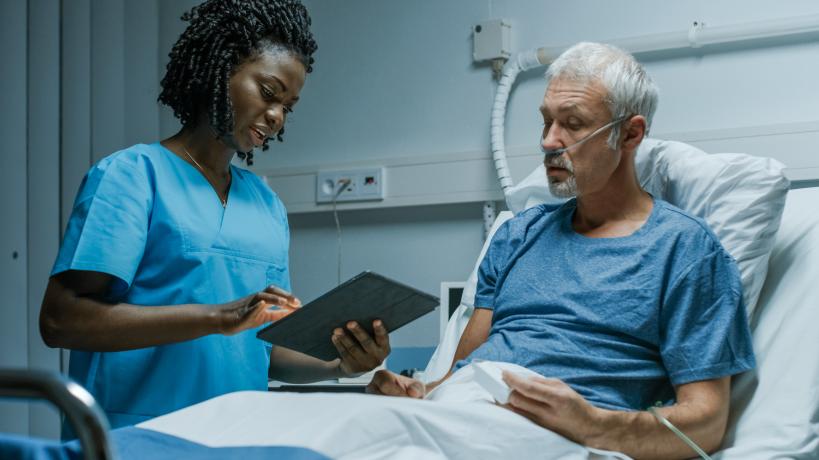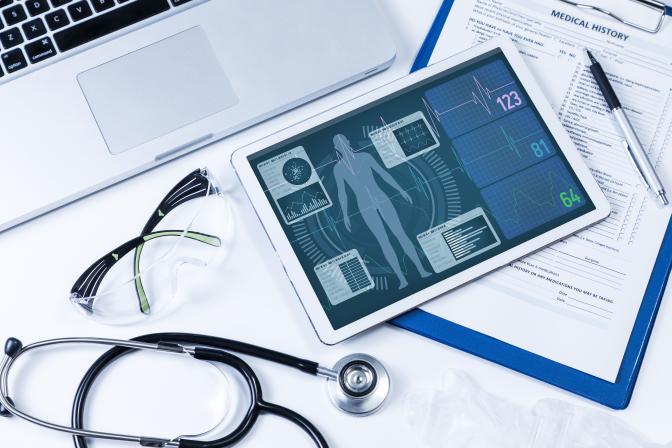
Medical device-related accidents are costly and dangerous, and they can even be fatal at times. Unfortunately, they happen more often than anyone might think. According to the Institute for Healthcare Improvement (IHI), about one patient in five has experienced a medical error resulting in either serious harm or death during their hospital stay—and it’s estimated that over half of those errors are preventable.
Medical devices play a vital role in efficient healthcare by helping clinicians treat patients more effectively and efficiently. However, it’s crucial to follow proper safety protocols to avoid potentially life-threatening mistakes caused by human error.
Eight Ways To Prevent Medical Device-Related Accidents
Here’s a list of ways to prevent medical device-related accidents from ever happening:
Entrust Device Manufacturing To The Experts
When it comes to medical device safety, don’t cut corners. Don’t try to save money by purchasing cheap or counterfeit devices that aren’t developed with proper testing and certification. It’s always best to trust and partner with a reputable manufacturer such as the RBC medical device development company specializing in high-quality healthcare products.
A reliable manufacturer will be able to walk you through the proper steps of device development and testing, help you navigate the rigorous regulatory process of the Food and Drug Administration (FDA), and provide validation that your product is both safe and effective. By putting patients’ lives at risk with faulty or counterfeit devices, you’re jeopardizing your reputation as well.
Follow The Manufacturer’s Instructions To The Letter
There’s no doubt that medical devices can save lives and improve patient outcomes. Still, if physicians and other healthcare professionals don’t use them properly, they could lead to severe injury or even death.
Always read the manufacturer’s manual and follow all instructions provided. Don’t assume you know how a particular device works just because you’ve been using it for years.
Take note of any special storage conditions as well—just because many of your devices come in sterile packaging doesn’t mean they don’t need to be stored correctly. Be sure to follow what’s in the manual when it comes to using and storing your devices, including any warning labels or directions for the safe disposal of the product.
Train Staff In Medical Device Safety Procedures
Every device, no matter how seemingly non-complex, has a certain level of risk involved.
As more devices become connected and ‘smart,’ the risk of medical error related to misinterpreting device alerts and alarms increases. Fortunately, every medical device comes with a manual.
It’s your responsibility as the owner of a healthcare organization to ensure that everyone on your team, from doctors and nurses to hospital housekeepers and lab technicians, is trained in the proper use of such products.
Train your staff to follow all risk mitigation measures and be aware of the warning labels and symbols displayed on each device, along with any alerts or alarms it may have. Suppose a patient is involved in a medical device-related incident.
In that case, the hospital will need to show that everyone from charge nurses to technicians to board-certified doctors has been trained to use the specific device involved to mitigate risk properly.
Track Medical Device-Related Incidents And Near Misses
Keeping accurate records of all device-related incidents helps you identify potential problems and prevent future medical errors.
It’s important to conduct thorough investigations after every incident or near miss, including feasible root cause analysis (RCA) to determine the cause of the problem and how it can be prevented from reoccurring.

Take into account that regardless of whether a device was the actual cause of the incident, what matters is how you can prevent future problems. You can do so by identifying any underlying issues involving user error, poor device maintenance, or other external factors.
Clean Devices Thoroughly And Regularly
In addition to following manufacturer directions for device storage and use, you should pay attention to how your devices are being cleaned and maintained regularly.
Because many of these products come in direct contact with the human body, they must be handled carefully to prevent accidental contamination.
Vigilance is the key to maintaining a sterile environment, especially in an operating room where most medical devices are used.
Be sure that all employees, including maintenance technicians and housekeeping staff, understand that they need to follow meticulous cleaning procedures for each device and report any damage, discoloration, or other abnormalities as soon as they see them.
Beware Of The Dangers And Warn Patients
Patients are typically unaware of the risks associated with the improper use of medical devices, so it’s up to you to make them aware. See to it that your patients know how to use their devices safely and effectively. Teach them what could indicate a malfunction, and encourage them to contact a professional if they see anything unusual.
It’s also crucial to thoroughly review the potential risks and dangers of using certain medical devices with your patients so they can make an educated decision about whether or not those products are right for them.
Promote A Culture Of Patient Safety
Proactively approaching patient safety is a must, and it starts at the top. Implementing patient safety culture requires more than just a few posters or fliers—it involves changing attitudes and behaviors and making sure that errors are prevented instead of waiting for them to happen.
Before implementing any new protocols, it’s essential to consult with experts in the field. Don’t be afraid to ask for help if you’re doing your best but still aren’t seeing results.
Hire an outside agency specializing in healthcare patient safety and engagement, or use a program developed by the Joint Commission. A solid commitment to improving patient safety and the quality of care they receive will pay off in the long run.
Conduct Post-Market Surveillance
According to FDA regulations, all medical devices must be carefully reviewed by an independent third party before they can be sold to consumers.
However, that’s just one step in a series of extensive safety checks. As always, it’s crucial to carefully monitor your devices once they’re on the market.
You should regularly perform surveillance activities to ensure that your medical devices continue to meet all applicable standards and regulations.
This is especially important if you sell medical equipment that requires special storage or handling because regular use may change the way it performs, rendering it potentially dangerous for patients. Make sure you regularly screen all products and update their labeling as necessary.
Conclusion
It’s vital to create an environment where patient safety comes first because you never know when a seemingly innocuous mistake could have disastrous consequences for patients in your care.
Taking a proactive approach to preventing medical device errors can go a long way toward ensuring the safety of patients and improving your bottom line.
FAQs
Why is it important to prevent medical device-related accidents?
Preventing medical device-related accidents is crucial to ensuring patient safety and improving healthcare outcomes. Accidents involving medical devices can lead to harm, complications, or even fatal consequences for patients. By implementing preventive measures, we can reduce the risks associated with medical devices and enhance patient care.
What are the common causes of medical device-related accidents?
Several factors can contribute to medical device-related accidents, including human error, equipment malfunction, inadequate maintenance, improper use, lack of training, or design flaws. It’s important to identify these causes and address them to prevent accidents and promote safer medical device usage.
How can healthcare providers improve the maintenance of medical devices?
To enhance the maintenance of medical devices, healthcare providers should establish regular inspection schedules, perform routine maintenance checks, and promptly address any reported issues. Implementing a robust maintenance program, including calibration, cleaning, and replacement of worn-out parts, can help prevent accidents caused by device malfunction.
What measures can be taken to ensure proper training on medical device usage?
Proper training is essential to prevent accidents related to medical devices. Healthcare professionals should receive comprehensive training on the correct operation, handling, and maintenance of specific devices. This training should cover not only the initial device introduction but also periodic updates and refresher courses to keep healthcare providers up to date with the latest safety protocols.
How can communication contribute to preventing medical device-related accidents?
Effective communication and proper documentation play a vital role in preventing medical device-related accidents. Healthcare providers should establish clear channels of communication for reporting device issues, near-misses, and adverse events. Detailed documentation of device-related incidents helps identify patterns, track trends, and implement preventive measures to avoid future accidents.
